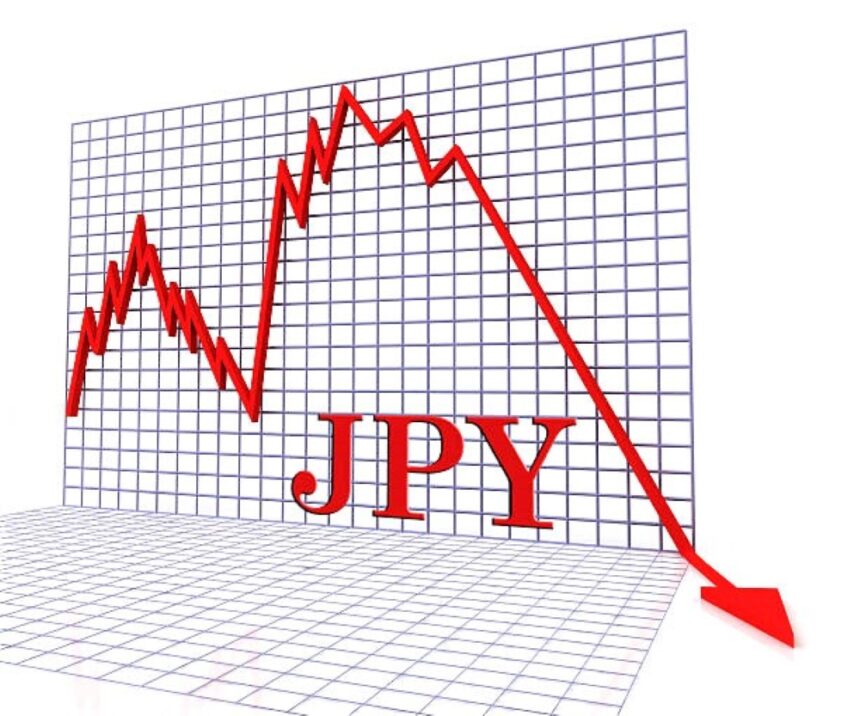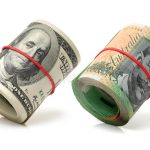Japanese Yen gains buyers and partially offsets the significant losses of the previous week.
On the opening day of a new week, the Japanese Yen (JPY) climbs a little vs the US dollar. Although it is still quite close to the three-week low that was reached on Friday. After the earthquake on New Year’s Day. Investors now appear to be convinced that the Bank of Japan (BoJ) is unlikely to end its negative interest rate policy during its meeting on January 22–23. in Japan. This could therefore put pressure on the JPY. Which along with a slight increase in the US dollar (USD) should prevent the USDJPY pair from declining much.
Decreased expectations that aggressive Fed easing will bolster the USD and help the USDJPY exchange rate.
Expectations of a more aggressive policy easing by the central bank were shattered. By hawkish remarks made by Fed officials and the incoming US economic data. Which indicated a healthy economy.
This sustains the elevated yields on US Treasury bonds and supports the US dollar. However, it appears that the bulls in the USD are hesitant to make big wagers and would rather wait until Thursday to witness the release of the most recent consumer inflation data. However, the underlying background indicated earlier could keep supporting the USDJPY pair.
Daily Market Movers : The Japanese Yen may find it difficult to sustain its slight intraday advances.
The Japanese Yen had a sharp decrease last week, down more than 2%, marking its worst weekly performance since June 2022 as expectations of an impending change in the Bank of Japan’s policies later this month faded.
A strong US jobs data for December adds to the uncertainty surrounding the Federal Reserve’s projected rate-cutting path, supporting the US Dollar and sending the USD/JPY pair to a three-week high on Friday.
The US economy added 216K new jobs last week, compared to 170K predicted, according to the headline NFP print. The unemployment rate remained stable at 3.7%, while it was projected to rise to 3.8%.
The Institute for Supply Management (ISM) survey contradicted the positive data, stating that the US services sector, which accounts for more than The GDP shrank by two thirds last month.
The employment sub-component fell to 43.3 in December, the lowest since July 2020, from 50.7 in November, and the ISM’s Non-Manufacturing Index fell to 50.6 in December, the lowest level since May.
Separately, US Factory Orders rose 2.6% in November compared to a 3.4% decline in October, which was better than anticipated but did not significantly boost the USD bulls.
Dallas Fed President Lorie Logan stated that there is a chance that inflation will occur.
According to the report, there were areas of weakness in the world’s largest economy, but overall it remained strong, which led investors to reduce their expectations on the Federal Reserve easing policy more aggressively.
Furthermore, Dallas Fed President Lorie Logan stated. That there is a chance that inflation will occur if the US central bank does not maintain appropriately tight financial conditions. will resume, undoing the gains.
This comes after Richmond Fed President Thomas Barkin stated last week. That rate hikes are still on the table and that he is certain the economy is headed for a soft landing.
Nonetheless, the markets continue to factor in a higher likelihood of the Fed cutting interest rates. For the first time at its policy meeting in March. As well as five rate cuts totaling 25 basis points (bps) in 2024.
As the focus now turns to the US consumer inflation statistics on Thursday. This is keeping the USD bulls in check and preventing them from setting up for any further appreciating move.
Speaker of the House Mike Johnson has agreed to a topline spending amount. And Senate Majority Leader Charles Schumer, resolving the impasse to prevent a government closure









